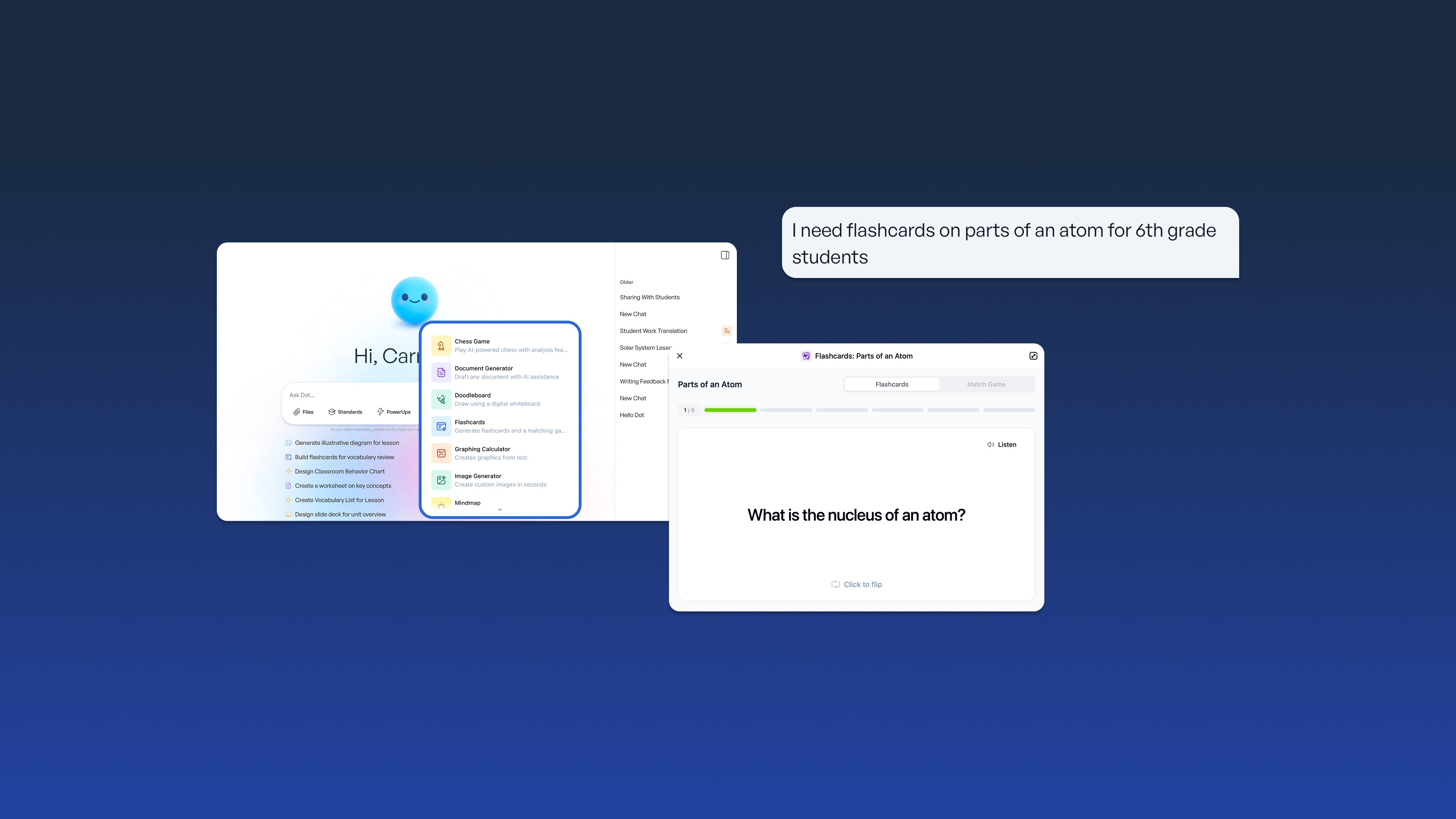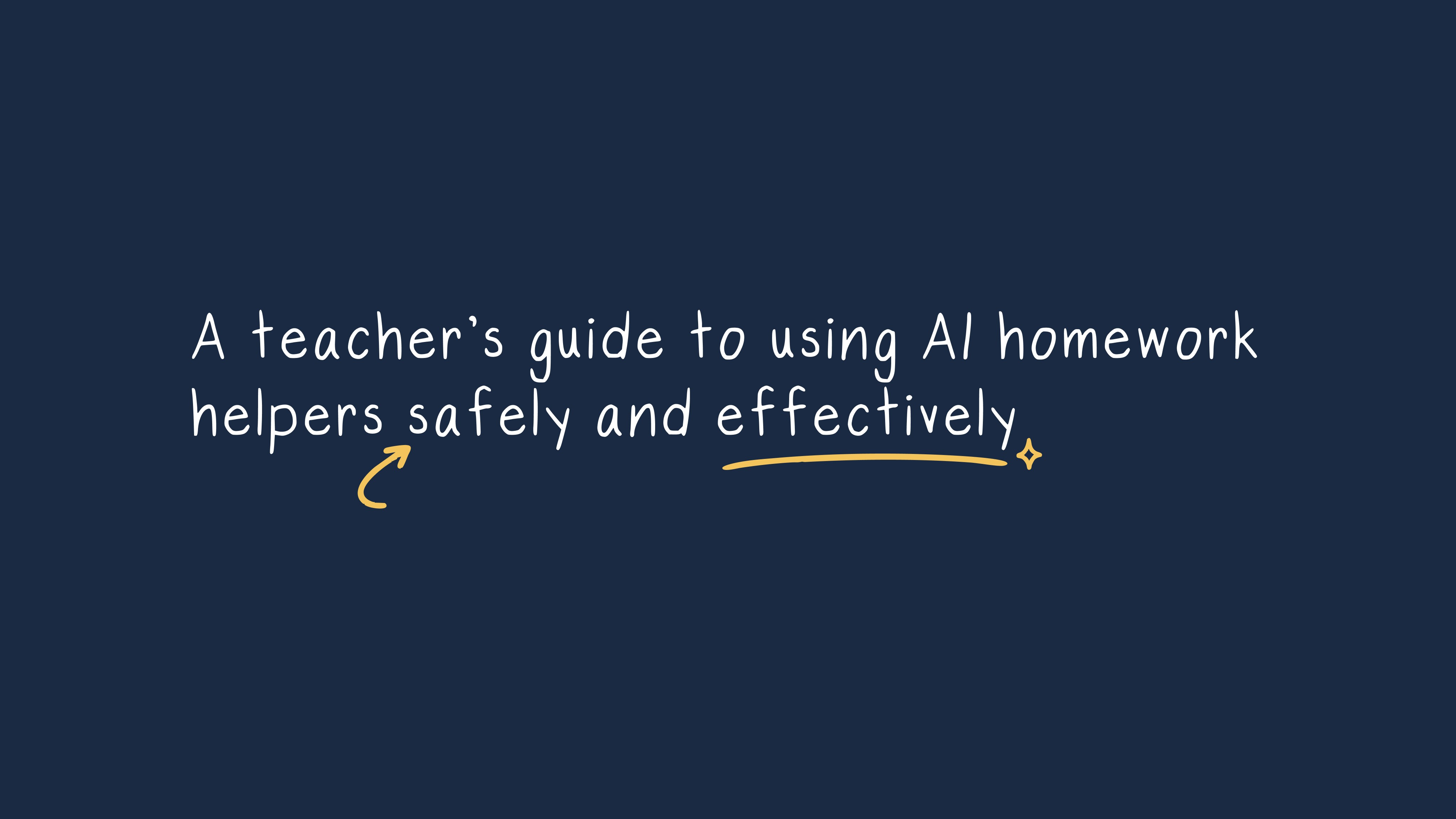Nikki Muncey
Apr 18, 2025
Get started
SchoolAI is free for teachers
The power of constructive feedback extends far beyond simply correcting mistakes—it fundamentally shapes how students learn and develop. When educators provide thoughtful feedback, they activate powerful neural mechanisms that enhance knowledge retention, build confidence, and foster essential skills for lifelong learning.
Effective feedback directly engages the brain's reward-processing regions, particularly the striatum and ventromedial prefrontal cortex, triggering dopamine release that reinforces successful behaviors and strengthens neural connections associated with learning. This neurological response explains why timely, specific feedback profoundly affects student achievement, with research showing it can advance learning by six to eight months in a single academic year.
By understanding the science behind feedback effectiveness, educators can strategically design their approach to work with students' natural learning processes rather than against them. This article explores the neuroscience of feedback, examines different feedback types, discusses implementation strategies, and offers practical techniques for creating a feedback-rich classroom environment.
The neuroscience of learning and feedback
Constructive feedback directly engages the brain's reward systems, particularly through dopamine release. This neurotransmitter reinforces behaviors associated with success, enhances memory formation, and improves focus on important information. When students receive timely feedback, these biochemical responses strengthen neural connections associated with the learning activity.
Feedback also facilitates neuroplasticity—the brain's ability to form new connections. Each cycle of challenge, feedback, and correction helps build robust myelin pathways crucial for memory and skill development. This "productive struggle" strengthens neural connections that enhance learning and retention, making feedback a form of brain training that optimizes learning potential.
Different feedback types activate distinct brain regions. Informative feedback focuses on improvement strategies and enhances metacognition. Evaluative feedback can motivate some students through healthy competition but may trigger anxiety in others, potentially activating the amygdala and inhibiting learning. Positive feedback acknowledging specific achievements reinforces correct responses by triggering reward pathways.
Key principles of effective feedback
Regardless of educational level, several universal principles define high-quality feedback:
Clarity and specificity
Feedback must clearly communicate expectations and concrete areas for improvement. Vague comments provide little guidance, while specific observations tied to learning goals foster meaningful progress. Using rubrics, referencing specific elements in student work, and giving concrete examples significantly increases student comprehension and performance.
Timeliness and actionability
Feedback becomes increasingly less effective the longer it's delayed. Promptly delivered feedback allows students to make connections while the assignment is still relevant. Furthermore, effective feedback must guide students on specific next steps rather than simply identifying issues. Columbia University researchers found that action-oriented feedback, coupled with opportunities for application, leads to measurable improvements.
Building confidence through feedback
The emotional dimension of feedback significantly influences how students receive and apply it. Feedback that acknowledges strengths while offering guidance for improvement helps students build confidence to tackle challenging tasks. As Heather Schwartz emphasizes, students need to feel "appreciated and supported" when receiving feedback.
Feedback that acknowledges strengths while offering guidance for improvement helps students build confidence to tackle challenging tasks. Techniques such as personalized tutoring demonstrate effectiveness in building student confidence. Effective feedback also builds intrinsic motivation by promoting student autonomy. For teachers in specialized fields, providing individualized feedback can further enhance student growth.
Technology-enhanced feedback methods
Modern educational technology tools offer innovative approaches to deliver timely, personalized feedback:
Learning Management Systems like Google Classroom and Canvas enable detailed text, video, or audio feedback tied directly to assignments
Audio and video feedback tools such as Mote allow teachers to record concise comments that students can replay multiple times
Gamification platforms like Kahoot! and Quizlet provide instant feedback during interactive activities
AI assessment tools offer automated, real-time feedback on writing
Research from Singapore shows that technology-enhanced feedback provides timely, multimodal support that significantly benefits personalized learning, particularly for struggling learners.
Creating a feedback-rich classroom culture
Establishing an environment where feedback is valued requires intentional cultivation. Such efforts are key steps in transforming education and enhancing classroom experiences. Start by explicitly discussing why feedback matters and how it contributes to growth. Model receiving feedback yourself by asking students for input on your lessons and demonstrating how you implement their suggestions.
Peer feedback builds a collaborative culture while developing essential skills, highlighting the role of interactive learning. Implement structured approaches like "Glows and Grows," where students share positive aspects of a peer's work and areas for improvement, as outlined by Spencer Education's strategies.
Cultural backgrounds significantly influence how students perceive feedback. Some students come from cultures where direct feedback is valued, while others are accustomed to more indirect approaches. Adapt your feedback method based on individual student needs rather than using a one-size-fits-all approach.
Overcoming common feedback challenges
Time constraints represent a major obstacle for teachers. Address this by batch processing similar assignments, focusing on 2-3 key improvement areas rather than commenting on everything, and utilizing audio/video feedback tools, which can be more time-efficient than extensive written comments. Educators can also use technology to efficiently deliver detailed feedback and overcome these challenges.
Student resistance to feedback is another common challenge. Establish a feedback-positive culture from day one, balance critiques with recognition of strengths, and implement feedback conferences where students lead conversations about their work. When students understand the "why" behind suggestions—known as epistemic feedback—they're more likely to apply them.
The power of feedback in learning
The neural science behind feedback reveals why it is one of education's most powerful tools. When properly implemented, feedback activates brain systems that enhance learning, builds neural pathways that strengthen skills, and develops the confidence essential for academic growth. The principles of effective feedback—clarity, timeliness, and actionability—create the framework for meaningful improvement across all educational levels.
By integrating technology-enhanced methods and building a classroom culture where feedback flows naturally between teacher and students, educators can transform the learning environment into one where continuous improvement becomes the norm. The research is clear: strategic feedback can advance learning by up to eight months in a single academic year. The question isn't whether feedback matters, but how effectively we implement it.
Ready to optimize your feedback approach and unlock your students' potential? Learn from success stories from educators who have implemented these strategies, and explore SchoolAI's resources and tools designed to help you implement research-based feedback strategies that drive measurable results and improve learning outcomes.
Key takeaways
Feedback activates neural pathways: Timely, specific feedback triggers dopamine release in the brain, reinforcing successful behaviors and strengthening memory retention, helping students learn more effectively.
Constructive feedback fosters confidence: Balancing critiques with recognition of strengths helps students build the confidence to tackle more challenging tasks, enhancing intrinsic motivation.
Clarity and specificity matter: Effective feedback should clearly define areas for improvement and actionable next steps, allowing students to make meaningful progress toward learning goals.
Technology enhances feedback delivery: Tools like Learning Management Systems, audio/video feedback, and gamification platforms provide personalized, timely feedback, benefiting struggling learners and promoting engagement.
Feedback culture is essential: Establishing a feedback-rich classroom environment, including peer feedback and adapting to students' cultural backgrounds, creates a collaborative space for continuous improvement.
Transform your teaching with AI-powered tools for personalized learning
Always free for teachers.
Recent posts
REFRESH: AI adoption challenges in schools: How to prepare staff and infrastructure
Jennifer Grimes
—
Dec 19, 2025
REFRESH: AI integration: Adding AI tools into your school’s existing technology
Stephanie Howell
—
Dec 19, 2025
Create lesson plans that work: Strategic planning for teachers
Cheska Robinson
—
Dec 18, 2025
A teacher’s guide to using AI homework helpers safely and effectively
Heidi Morton
—
Dec 18, 2025





